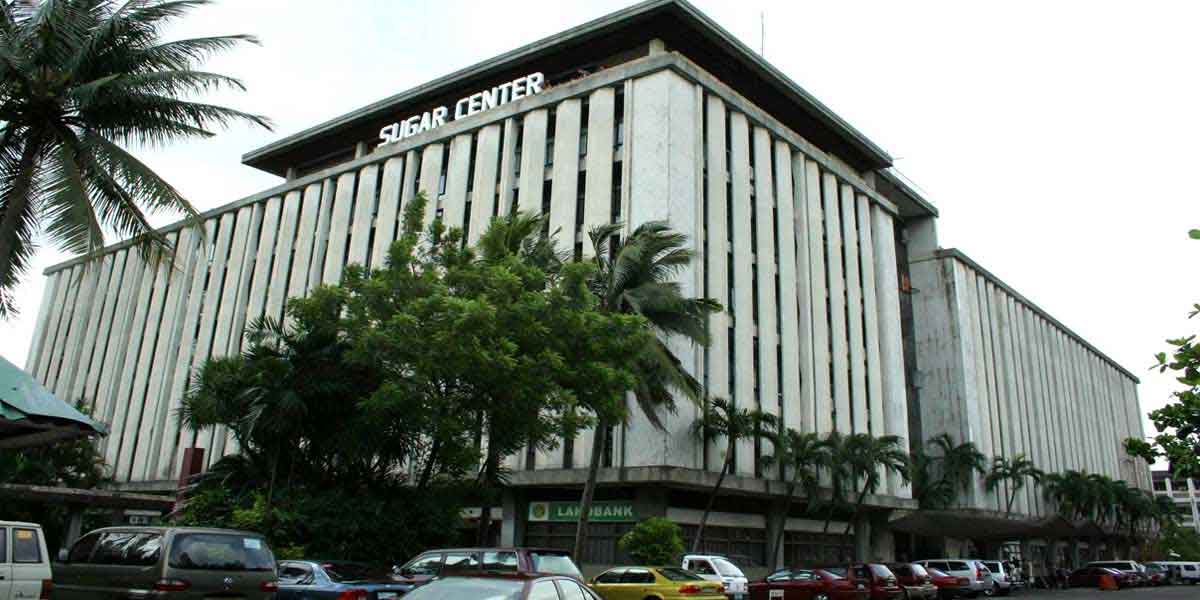
By Rjay Zuriaga Castor and Jennifer Rendon
Finally, after four days!
Power has returned to normalcy in Panay at Friday noon, January 5, after the National Grid Corporation of the Philippines has fully restored all affected feeders and transmission operations.
As of noon of Jan. 5, NGCP announced that it was “removing restriction of demand and is fully restoring loads at Panay Island following the synchronization of the Palm Concepcion Power Corporation (PCPC) to the grid at 1:33 a.m.”
At 12:49 p.m., PCPC was dispatched at its maximum load capacity of 135 megawatts (MW).
The synchronization of PCPC to the grid was the final touch that the NGCP needed to finally restore the power on Panay Island.
With PCPC’s synchronization, 347.2 MW is being served by Panay power plants, with 5.7 MW exported elsewhere to the grid, for a total of 341.4 MW served loads.
In Iloilo City, MORE Electric and Power Corporation (MORE Power) said they had restored all six substations at 12:31 p.m.
Since the start of the power blackout, MORE Power has been implementing round-the-clock rotational brownouts in the city after receiving clearance from NGCP.
MORE Power emphasized that “in the interest of public safety and well-being, and to avoid jeopardizing lives, hospitals, and other vital institutions providing essential functions were given higher priority as we continued the distribution of the limited power supply throughout the franchise area.”
But before the said announcement, Iloilo City Mayor Jerry Treñas has already issued an order mandating a half-day work suspension at City Hall citing prolonged power interruptions.
“The ongoing brownouts have taken a toll on employee well-being and productivity,” he said.
Treñas added that despite previous assurances from the NGCP on power restoration, the situation persists, prompting necessary measures.
The use of biometrics has been temporarily suspended to accommodate affected employees.
Meanwhile, at 12:30 p.m., the Iloilo Electric Cooperative (ILECO) I and III announced that they have also energized all feeders in their coverage area. ILECO II confirmed that it had fully energized all of its areas at 12:35 p.m.
POWER OUTAGE WHEN, HOW?
In an earlier statement, the NGCP pointed to the shutdowns of power plants in Panay Island as the cause of the power outage that took 4 days to be resolved.
The power outage that affected Panay Island, including Guimaras and Negros, started on January 2.
The NGCP said it first monitored a tripping at the Panay Energy Development Corporation (PEDC) Unit 1 in Lapaz, Iloilo City, due to an “internal issue.”
The power tripping then cascaded to PEDC Unit 2, Palm Concepcion Power Corporation (PCPC), and other power plants in Panay Island.
At 3:24 p.m., the NGCP said that the Negros-Panay interconnection was restored after it tripped at 3:07 pm.
Antonio Cabalhug, Jr., First Vice President for Panay Site Operations of PEDC, explained that they are operating three units – two of which have the capacity of 83 MW each, and the PEDC, which has a capacity of 150 MW, has been under scheduled preventive maintenance.
“The annual preventive maintenance has been harmonized. We have complete documents that the said unit will go offline,” he explained.
He confirmed that PEDC Unit 1 tripped off at 12:06 p.m. on Jan. 2 following the momentary activation of vibration protection of the main equipment.
They were then given a go signal to restart. But while on the process of the start, the total blackout hit the island.
“The tripping of Unit 1 is not related to a total blackout because the grid was stable within two hours,” he said.
The collapse of the power supply, he added, happened after PCPC also tripped off, which resulted in an imbalance of the grid.
Just like PCPC, PEDC also noted an under voltage within the grid “kaya sabay sabay bumitaw ang unit namin.”
“I don’t think it’s a coincidence na nagkaroon ng internal trouble na mag-sabay-sabay lahat ng planta. Pareho naman kami ng makita na magkaroon ng low voltage sa grid. Before we got disconnected sa grid, we noticed the low voltage,” he said.
When asked if NGCP should have undertaken a manual load shedding to avoid a widespread blackout, Cabalhug said it’s a judgment call of the NGCP because they were the ones monitoring the Visayas grid.
Manual load dropping is the load reduction obtained by manually shedding load at convenient points on the distribution system within 10 minutes of the instruction being issued by the system operator.
Cabalhug said they were able to start up at 7:50 p.m. on Tuesday and synchronized with the grid at 11:45 p.m.
If their two units tripped off, he said that it’s a reaction to the grid as part of the self-preservation capability of their units.
Cabalhug said supply was not an issue because the area has an available supply of 679 MW as opposed to the low demand of 320 MW.
“We have a sufficient installed capacity but we have a very weak transmission line,” he said.
In layman’s term, Cabalhug explained, “meron tayong main highway, meron din tayong diversion. In case na maputol ang main highway, may dadaanan tayong diversion. May sufficient installed capacity, wala lang madaanan.”
Meanwhile, Reagahn Alcantara, NGCP spokesperson, said that when PEDC 1 tripped, there was no major outage because they were able to absorb the loss of load.
But when two PEDC units tripped, “it was the last straw that broke the camel’s back.”
Based on their monitoring, there was a multiple tripping of plants.
For what reason, “that’s what we are trying to determine,” he said.
With the DOE and ERC, he said they are trying to find the cause. They are also asking records from plants to corroborate with their investigation.
He said they could not rule for now the cause of the multiple tripping.
“This will take time, we have to look out at the relays. We have to determine what really happened, what went wrong, who conked out and at what time,” he said.
Alcantara said they might need to conduct analysis and simulations for the said purpose.



















